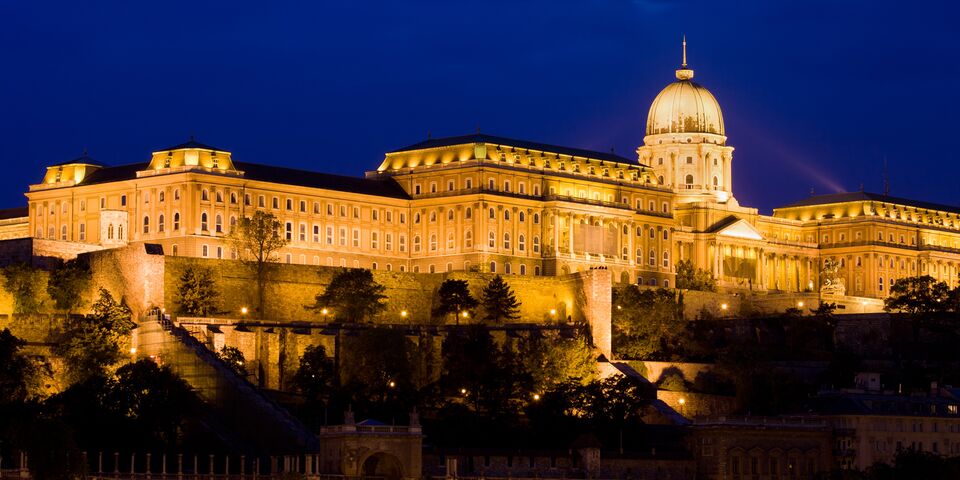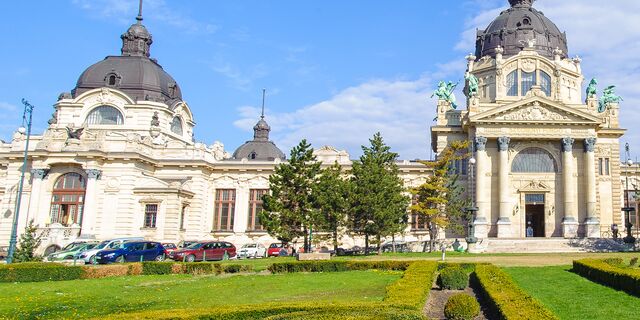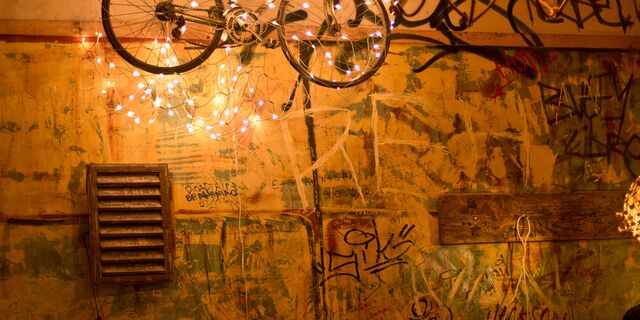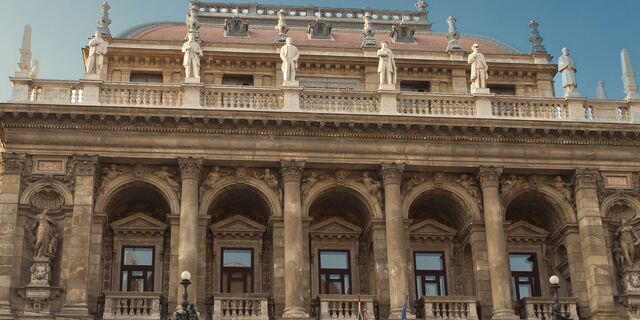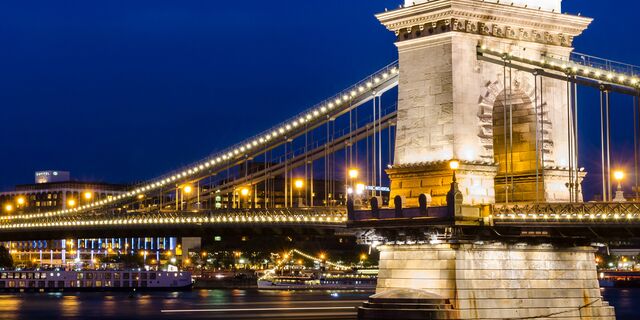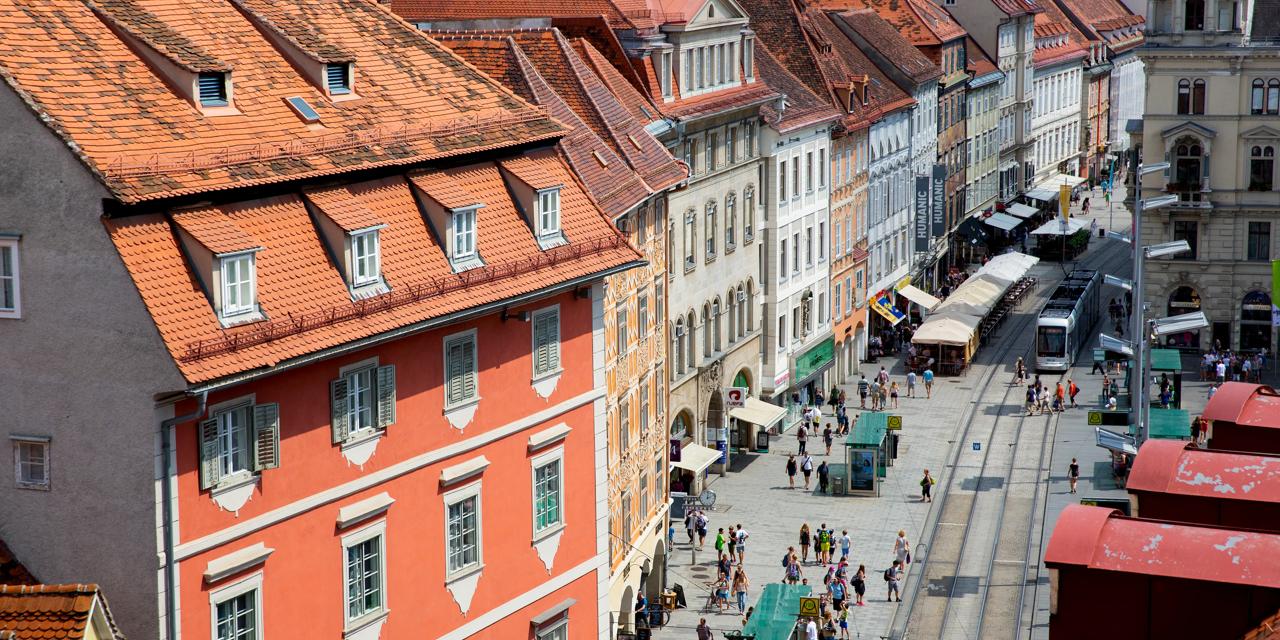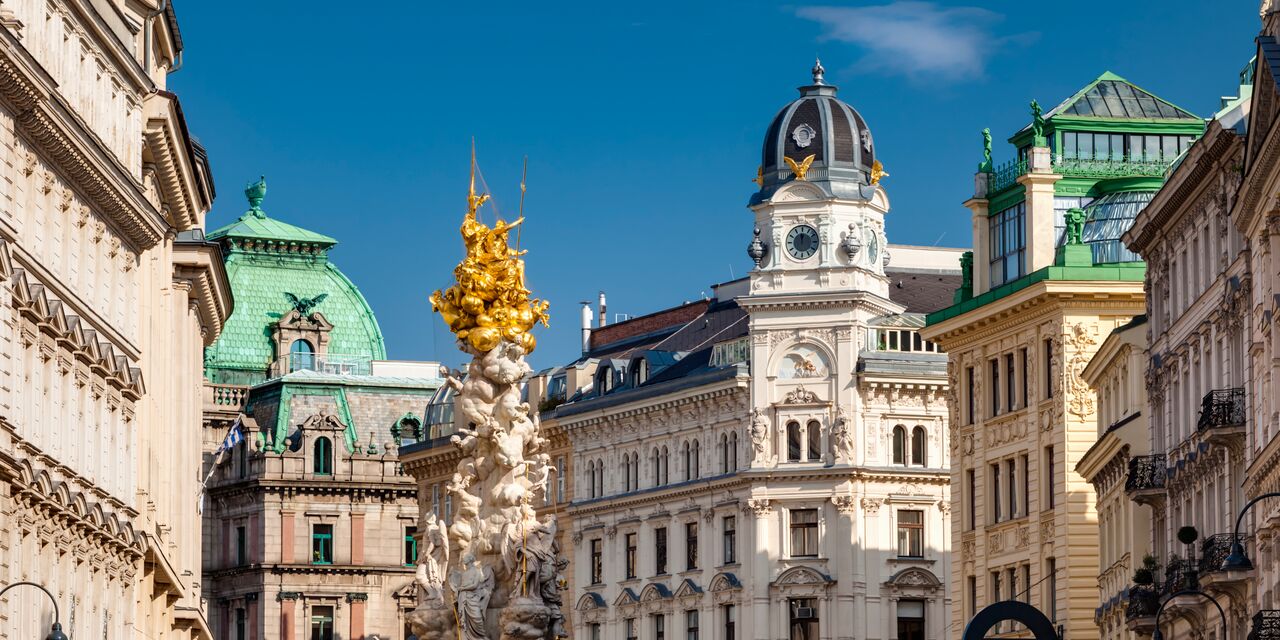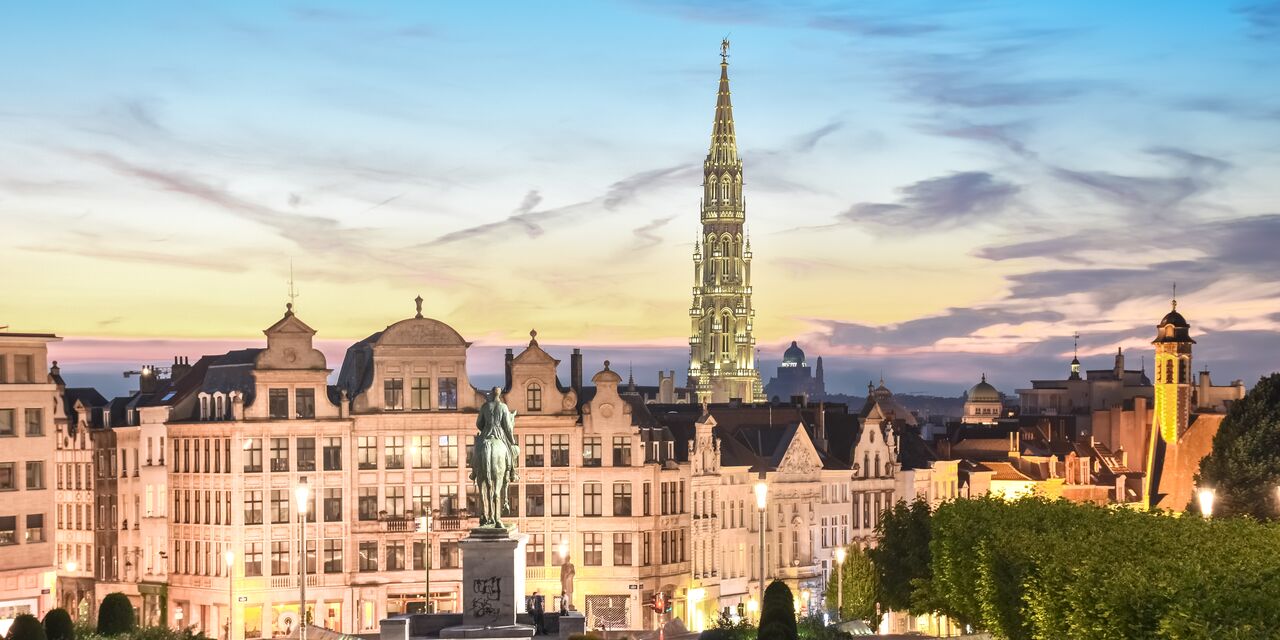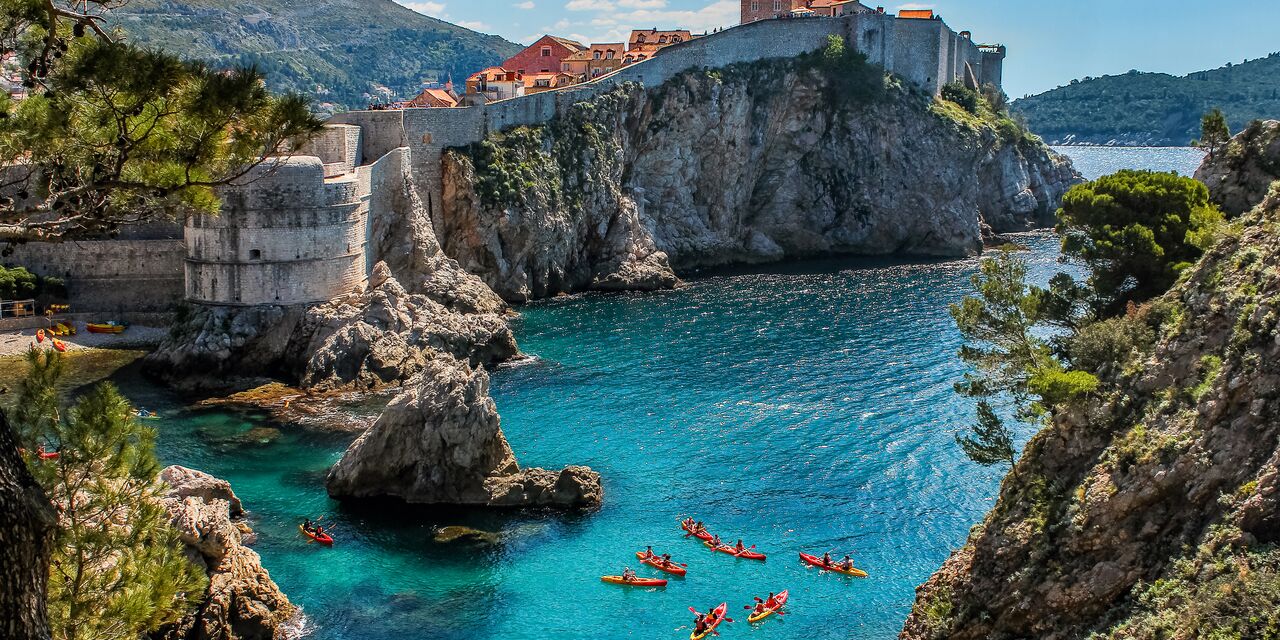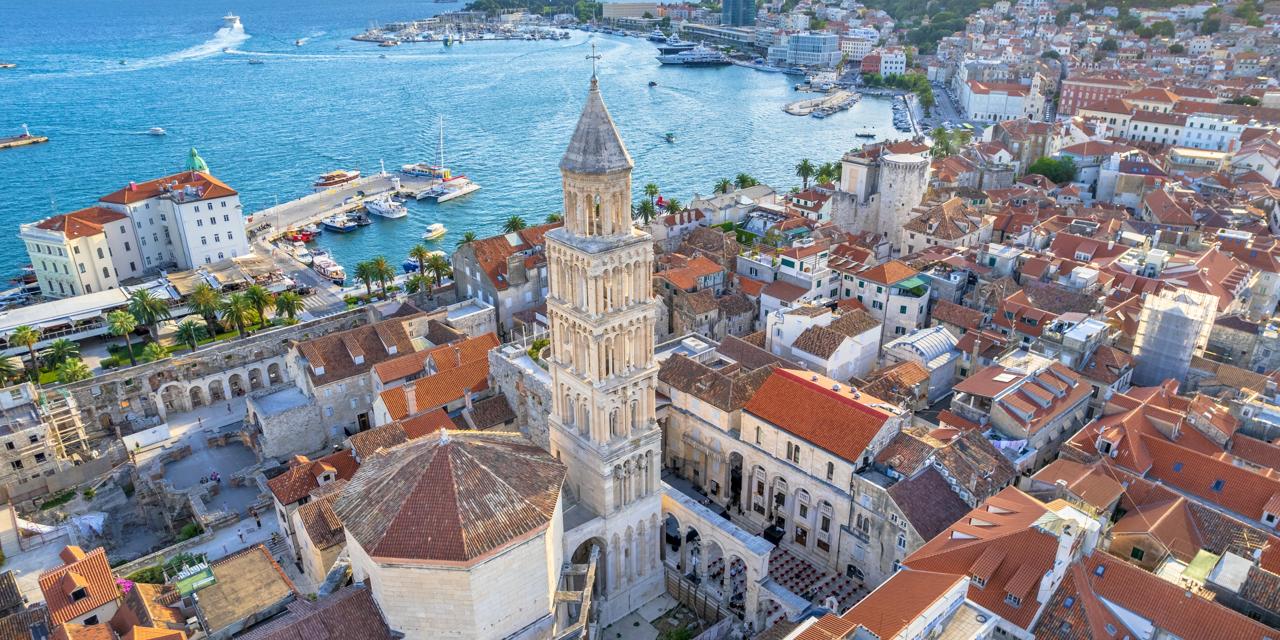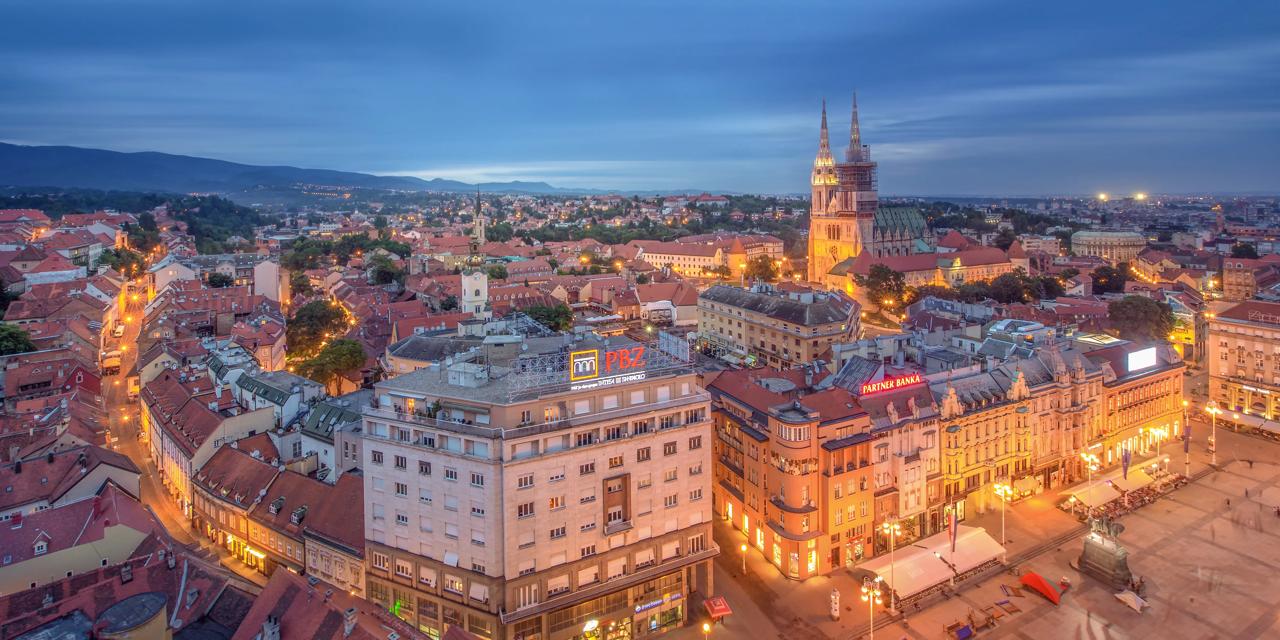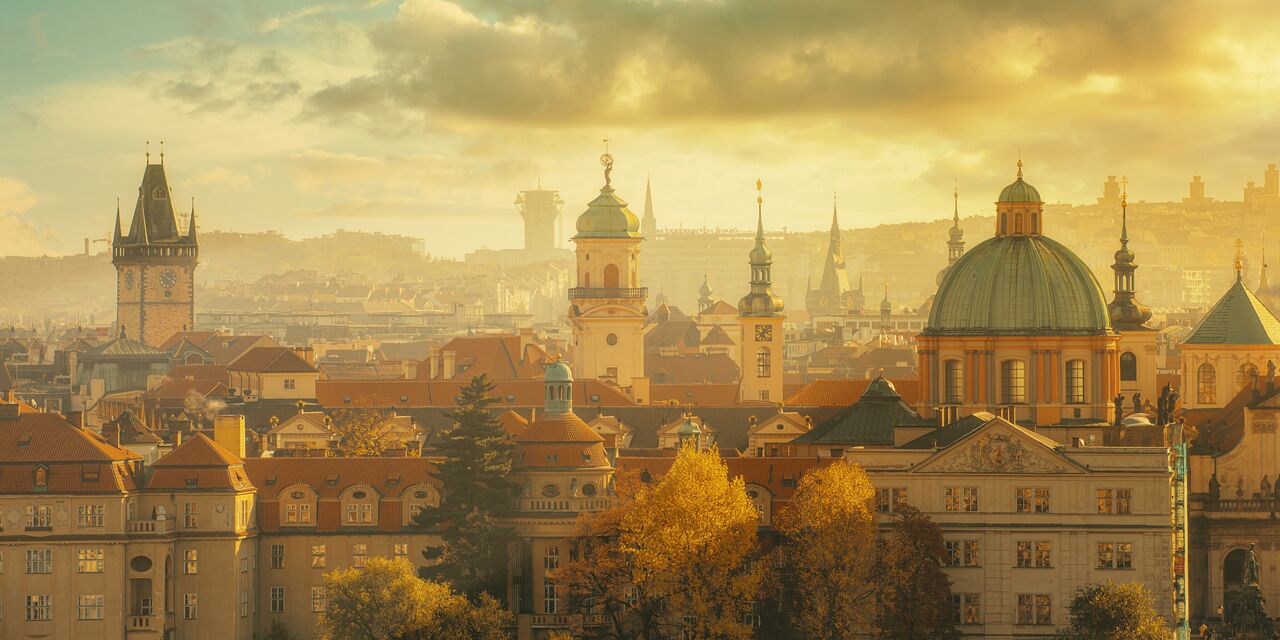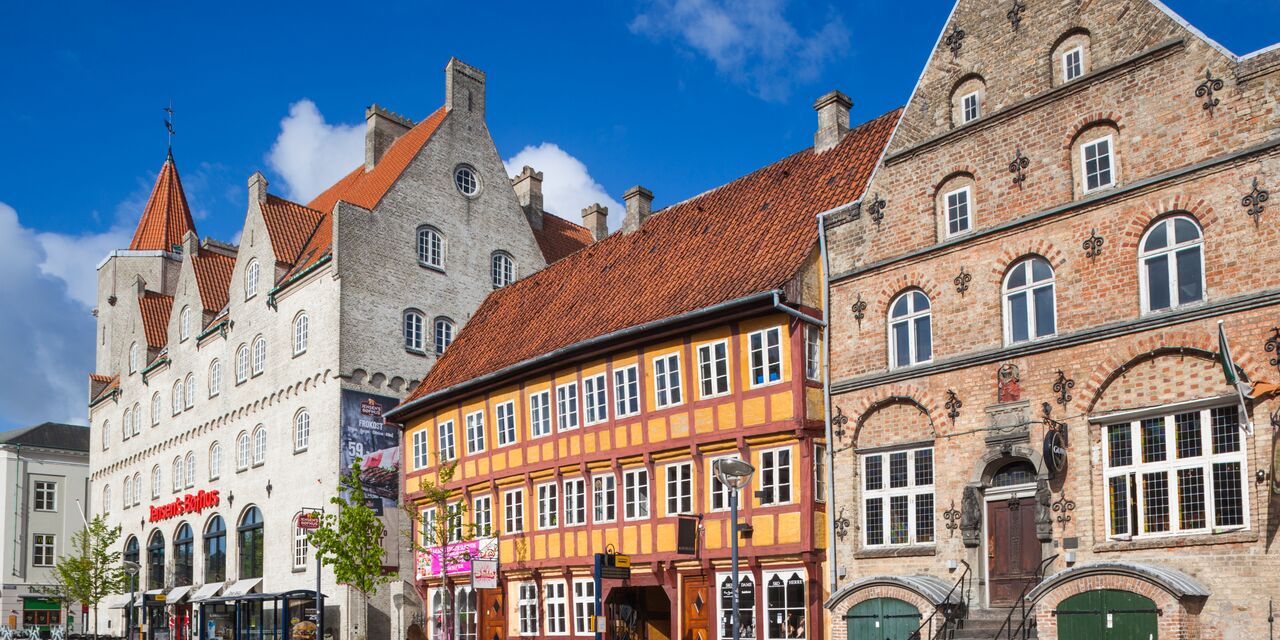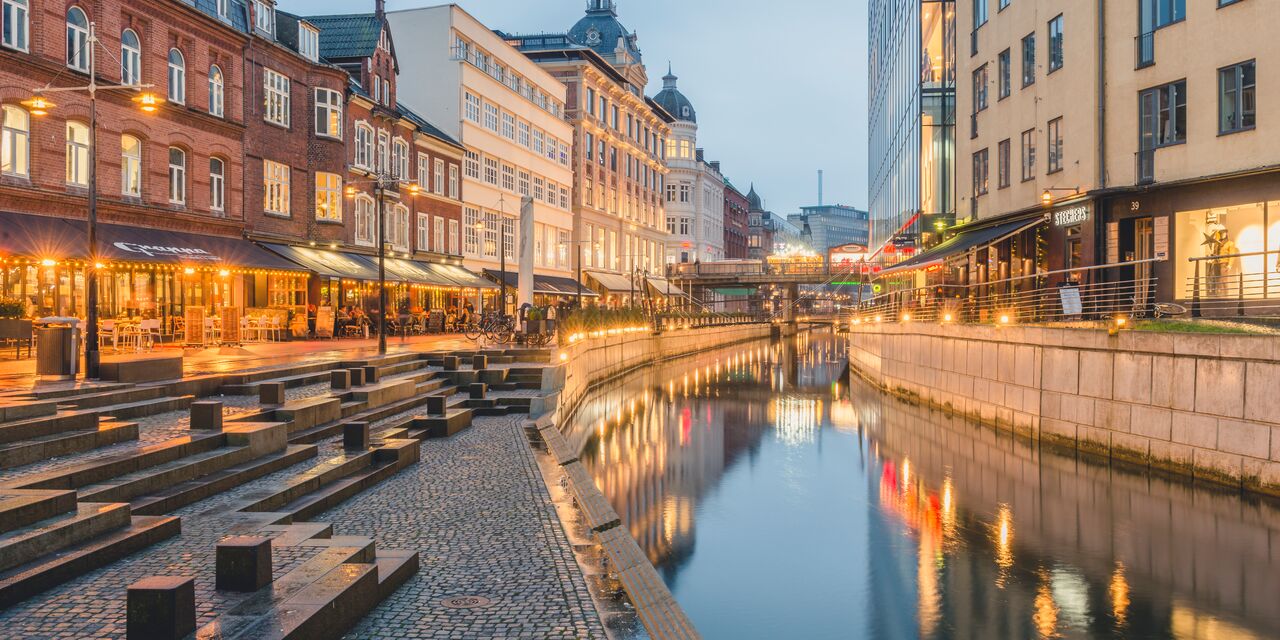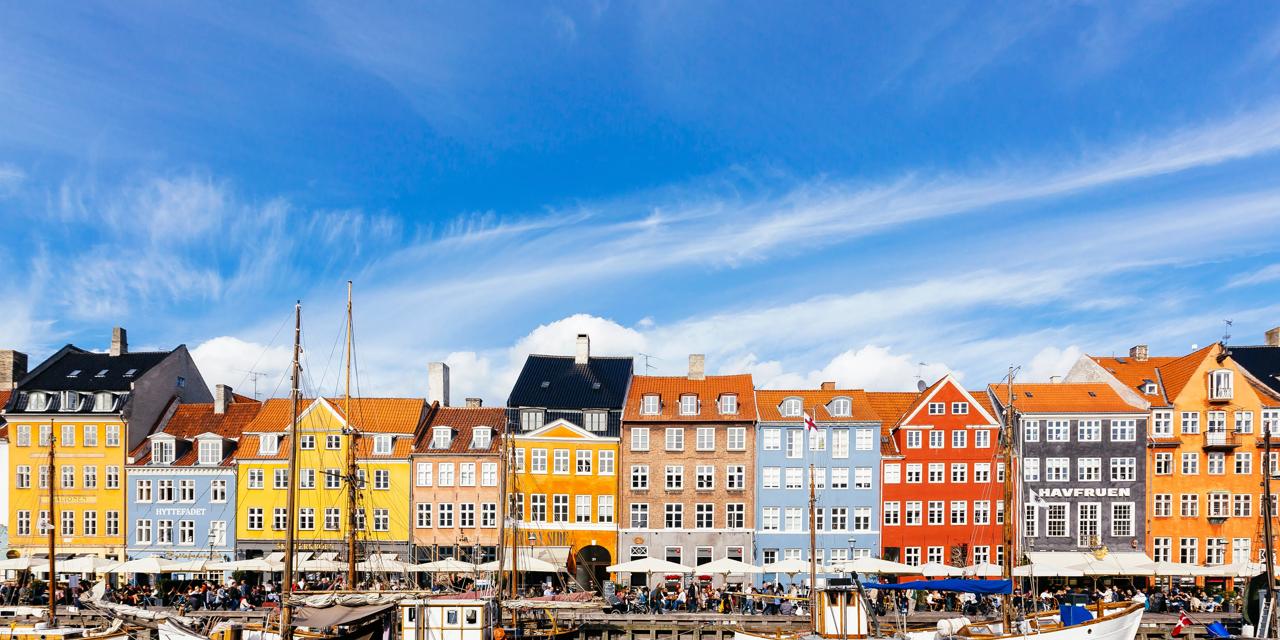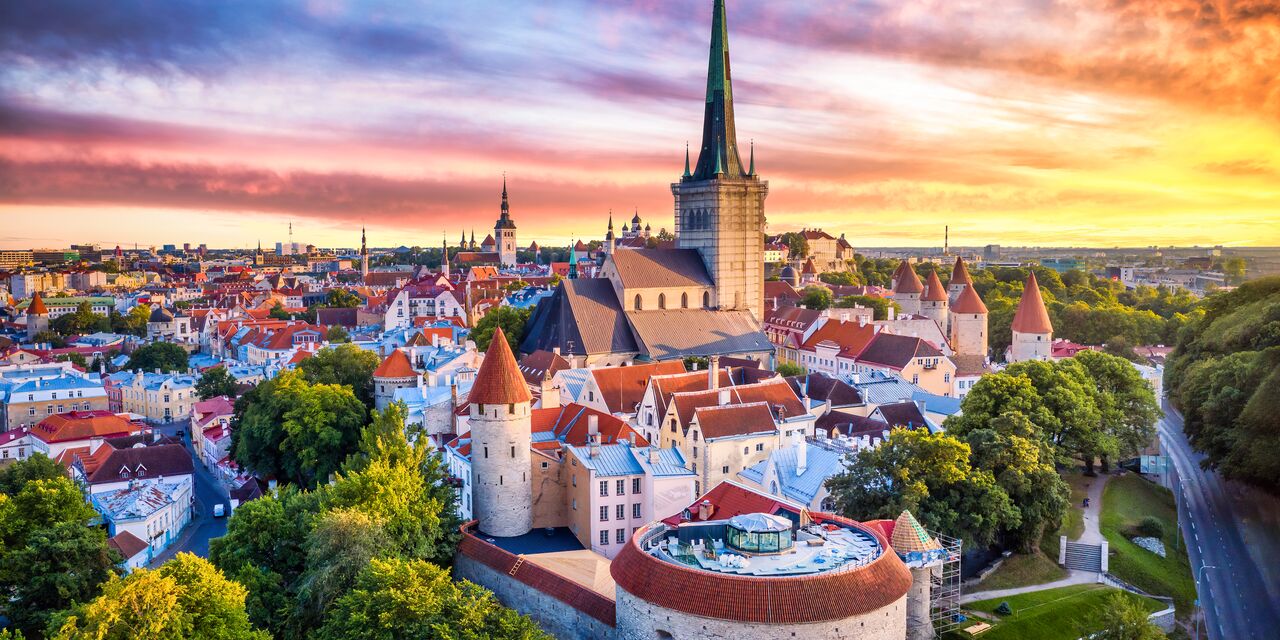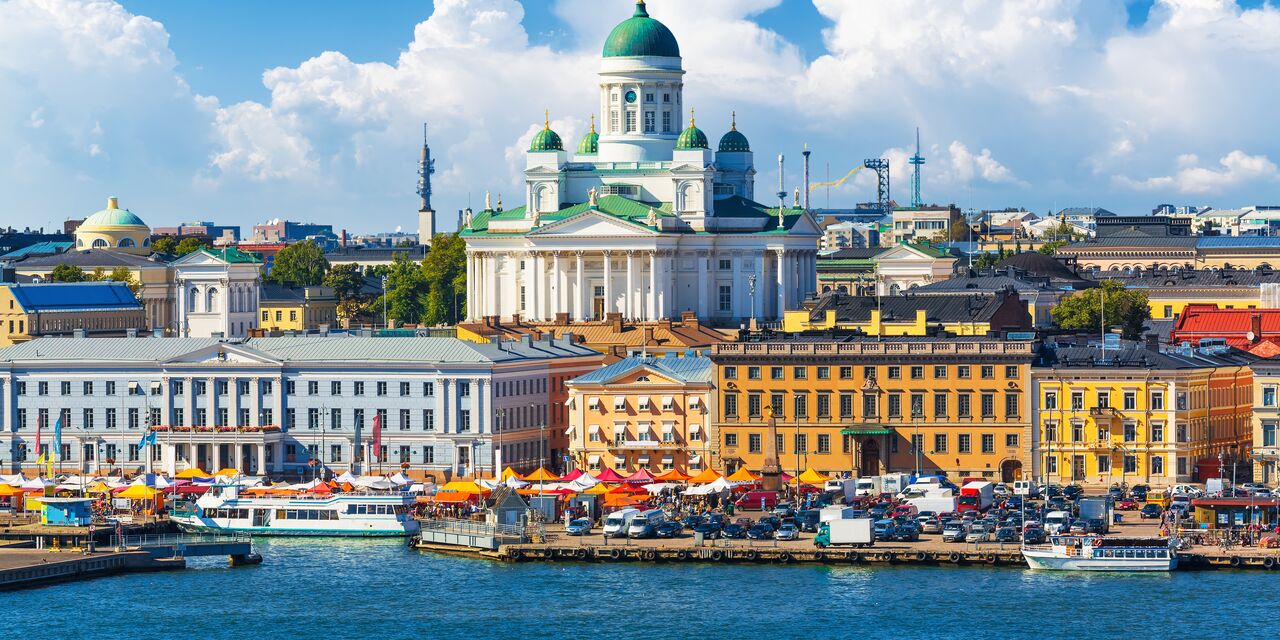Highlights on Castle Hill
The southern flank of Castle Hill is occupied by the royal palace, with its distinctive green copper dome. In the 13th century it served as a stronghold for the Hungarian kings and the inhabitants of Buda. While devastating fires and wars have left little of the original interior unscathed, the palace has been successfully restored since 1946. The majestic buildings now accommodate two museums: the Budapest Historical Museum and the Hungarian National Gallery. In the Matthias Church – at the heart of the Castle District – Hungarian kings were crowned until 1916. The original 13th-century building has been regularly adapted to novel architecture trends. It was even turned into a mosque by the Ottomans, who ruled Buda in the 16th and 17th century. Architect Frigyes Schulek created the wonderful current neo-Gothic church by restoring the building in the late 19th century according to the original medieval plans. The impressive diamond patterns on the roof and the gargoyles on the façade are also Schulek's addition. The interior is decorated with colourful motifs which the architect encountered on the original stone walls. The images of ravens found in several places in the church are a reference to the great King Matthias Corvinus, whose coat of arms contained a raven (corvus in Latin). Several original Gothic elements are also intact, including the impressive octagonal bell tower from the 15th century. Another extraordinary element is the 12th-century double sarcophagus of King Béla III and his wife Anne de Châtillon – one of the oldest treasures on Castle Hill.
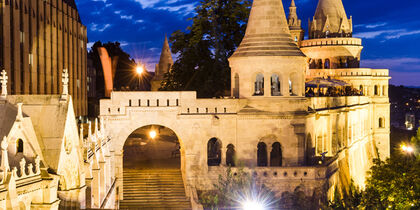
The enchanting Fisherman's Wharf
The enchanting Fisherman's Bastion
The Fisherman's Bastion looks like a fairy-tale castle with its snow-white façade, pointed towers, spiralling staircases and proud battlements. And the view over Pest and the Danube Bend is equally enchanting, especially when all the lights of the city sparkle in the dark. Frigyes Schulek designed the Bastion to give more elan to the Matthias Church, which he restored in the late 19th century. The 7 towers represent the 7 Magyar tribes that settled in Hungary in the year 886. A majestic staircase with 145 steps leads to the district of Viziváros lower down. This was traditionally where the fishermen's guild was located and where the Bastion got its name.

